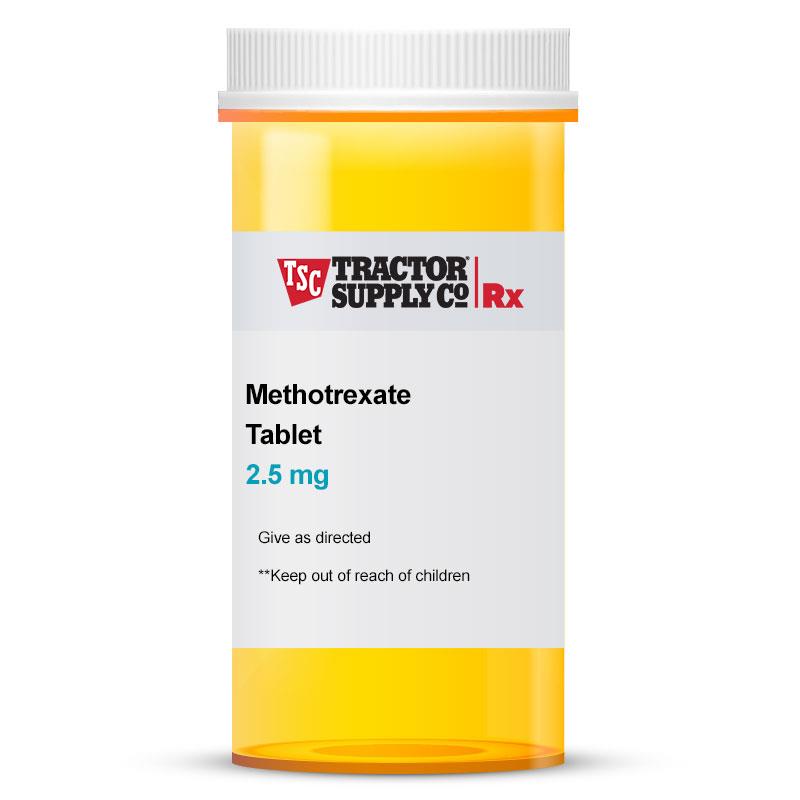Overview
Psoriatic arthritis (PsA) is a life-long autoimmune condition. It causes inflammation in the skin (psoriasis), joints, spine, and tendons (inflammatory arthritis). This can lead to pain and damage in and around the joints.
PsA affects about 1 to 2 in 1000 people — that’s about 0.1% to 0.2% of the population. PsA affects both men and women equally. Sometimes PsA can affect children, too.
About 20% to 30% of people who have psoriasis also have PsA. Psoriasis rashes typically come before joint pain, but sometimes rashes can show up later or at the same time. Interestingly, it’s also possible to have PsA without psoriasis, especially if you have a family member with psoriasis. There’s no cure for PsA, but lifestyle modifications and medications can help you lead a long, active life.
Causes
The exact cause of PsA isn’t entirely clear. There isn’t one single cause of PsA. Rather, studies show that a combination of things causes PsA:
- Genetic predisposition: Something in your genes might make you more likely to develop PsA than someone else.
- Environmental trigger: Something from your environment — like a stressful accident, infection, or toxin (like cigarette smoke) — wakes up the immune system and confuses it.
When genetic predisposition and environmental triggers meet, you can have the perfect storm. Somewhere along the line, the immune system gets confused and starts attacking your own body instead. It’s sort of like someone stepped on the gas but later forgot to hit the brakes.
Although we don’t understand the exact cause, we do know that many things can increase the risk of getting PsA:
- Psoriasis
- Family history of psoriasis
- Family history of PsA
- Smoking
- Inflammatory bowel disease (like Crohn’s Disease or ulcerative colitis)
Symptoms
PsA is different for every person who has it. You may have some of these symptoms — or all of them. It depends.
Some typical PsA symptoms include:
- Joint pain or swelling: PsA can affect any joint in the body, but it especially affects the fingers and toes.
- Skin rashes (psoriasis)
- Nail changes (nail psoriasis)
- Enthesitis: This is tenderness and inflammation at the site where tendons attach to bone, like the back of your heel.
- Dactylitis: This is swelling of an entire finger or toe, also called “sausage digit.”
- Spondylitis and sacroiliitis: This is when inflammation of the sacroiliac joints in the pelvis and the spine cause back pain and stiffness.
- Fatigue
Treatment
Diagnosis
PsA is what we call a “clinical diagnosis.” This means that there’s no single test that diagnoses PsA. Rather, your healthcare provider will use clues from various places to put the pieces of the puzzle together. These include:
- History: This is the story of your symptoms that you tell your provider.
- Physical exam: Your provider will examine you closely, looking for psoriasis rashes or nail changes along with swollen, painful joints.
- Blood tests: Sometimes blood tests can give us clues that the diagnosis is not PsA. While blood tests can rule out PsA, there’s not a specific one that diagnoses PsA.
- X-rays: If you’ve had PsA for more than 1 year, your X-rays might show changes in your joints that happen when PsA is left untreated.
Most of the time, a rheumatologist makes the diagnosis of PsA. But primary care providers and dermatologists can sometimes make this diagnosis, too.
Medications
We are lucky to have many medications in our toolbox to help control PsA. The goals of treatment are to find a medication that treats all of your symptoms, stops the immune system attack on your body, and protects you from permanent damage. You and your provider will work together to find the treatment that is right for you.
In 2018, the American College of Rheumatology and National Psoriasis Foundation created treatment guidelines for PsA. These are in the process of being updated since new drugs are being developed so quickly.
Medications for PsA are immunosuppressants. That means they turn off a piece of the immune system that is overactive to stop the attack on your skin and joints. They can come in pill, injection, or infusion forms.
Your provider may recommend starting with methotrexate, a pill medication that can help rashes and joint pain. Alternatively, recent treatment guidelines state that going straight to a biologic injection like Enbrel is reasonable, too. You and your provider will decide which medication is best, based on your symptoms, other health issues, and insurance coverage. If you do not have health insurance, patient assistance programs can help.
Living
There’s no cure for PsA, but living and thriving with PsA is possible thanks to the range of medications available to treat it. There’s a day in your future when you can have clear skin and joints that don’t hurt. It will take a little time to find the medications that work best for you, but it’s possible!
Sometimes PsA symptoms can temporarily worsen (PsA flare), which can take a big toll on your day-to-day life. But flares are temporary, and medications can be adjusted to get you back on track.
PsA is a chronic (life-long) condition, but that doesn’t mean your quality of life has to suffer. To live well with PsA:
- Communicate with your provider if you aren’t feeling your best.
- Take your medications as directed.
- Focus on a healthy diet and exercise routine.
- Prioritize self-care. Try to limit stress, and get enough sleep.
- Lean on your support system when you need help. The Arthritis Foundation, Spondylitis Association of America, and National Psoriasis Foundation are also great places to find resources.
Medications & Collections
These drugs are vital for controlling and improving the health of individuals with this condition. They include both preventive and symptomatic treatments.

Nurofen 400mg
₦3,750

Methotrexate 2.5mg
₦10,000
